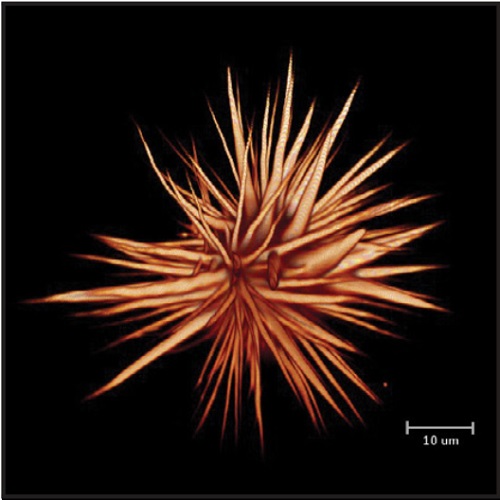A Liquid-to-Solid Phase Transition of the ALS Protein FUS Accelerated by Disease Mutation.
Many proteins contain disordered regions of low-sequence complexity, which cause aging-associated diseases because they are prone to aggregate. Here, we study FUS, a prion-like protein containing intrinsically disordered domains associated with the neurodegenerative disease ALS. We show that, in cells, FUS forms liquid compartments at sites of DNA damage and in the cytoplasm upon stress. We confirm this by reconstituting liquid FUS compartments in vitro. Using an in vitro "aging" experiment, we demonstrate that liquid droplets of FUS protein convert with time from a liquid to an aggregated state, and this conversion is accelerated by patient-derived mutations. We conclude that the physiological role of FUS requires forming dynamic liquid-like compartments. We propose that liquid-like compartments carry the trade-off between functionality and risk of aggregation and that aberrant phase transitions within liquid-like compartments lie at the heart of ALS and, presumably, other age-related diseases.

- Cell 2015 Aug 27;162(5):1066-77
- 2015
- Cell Biology
- 26317470
- PubMed
Enabled by:
